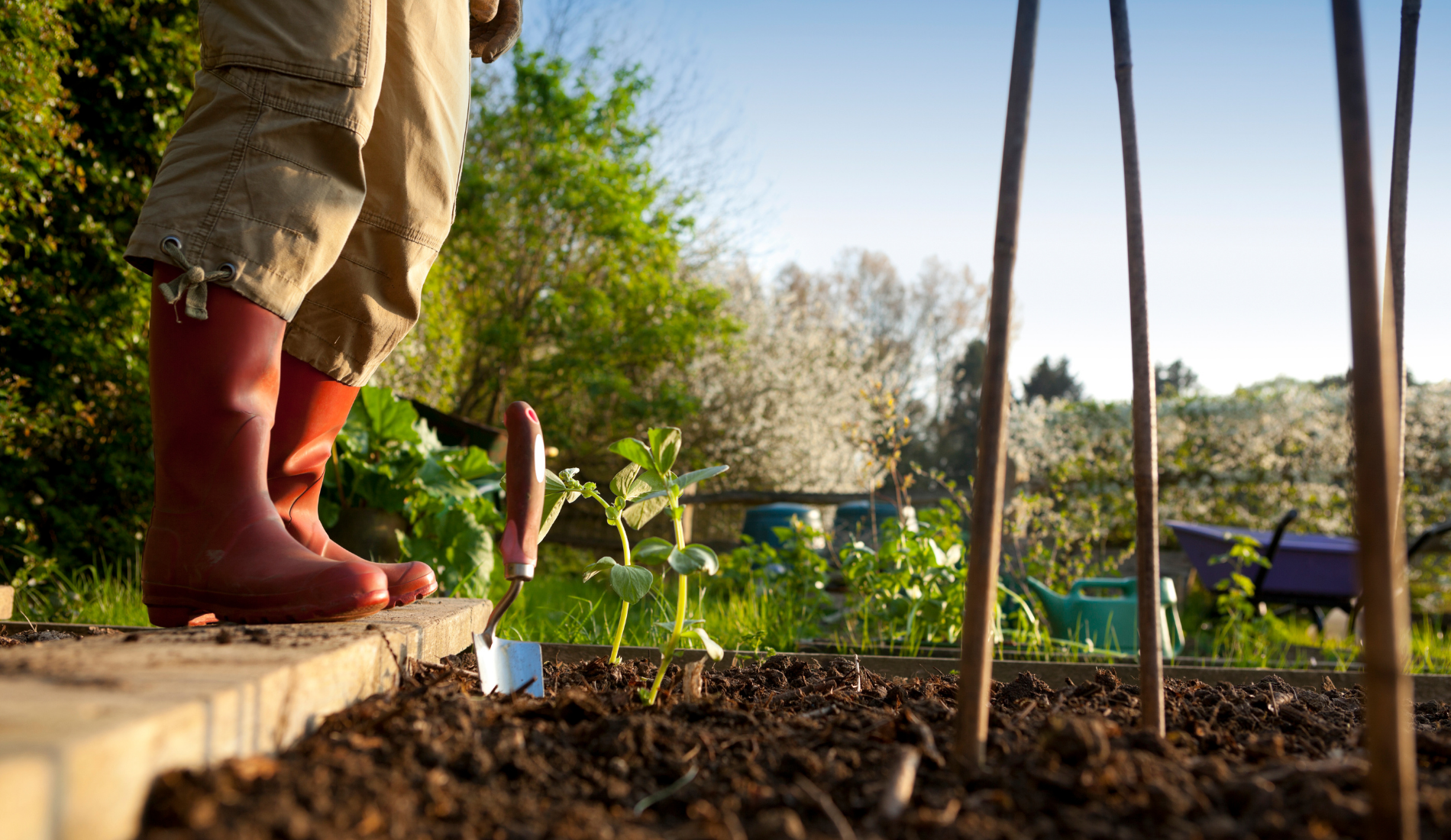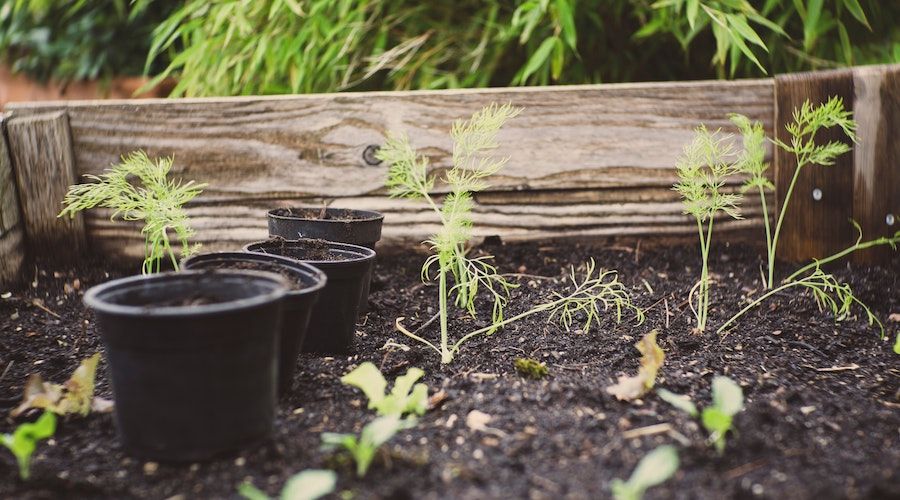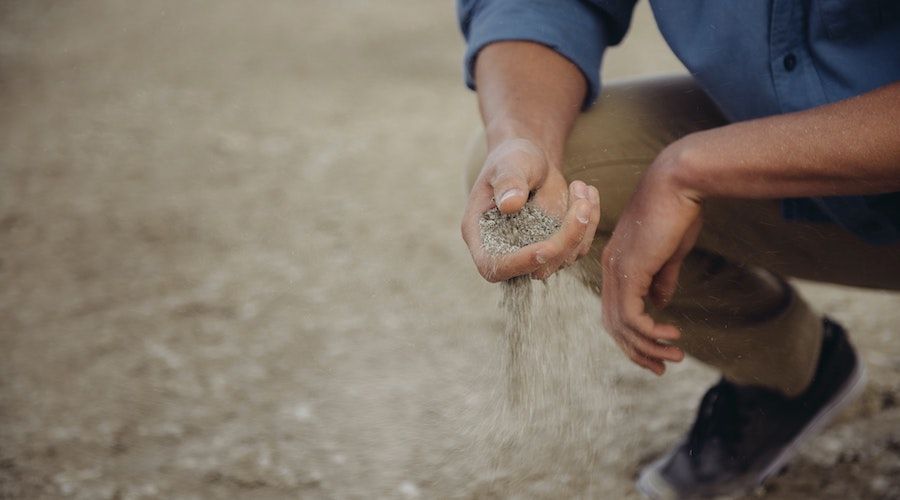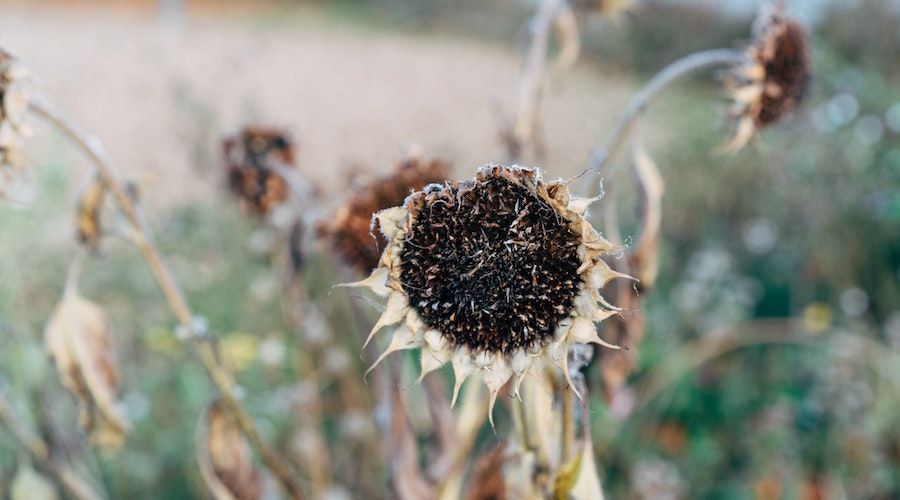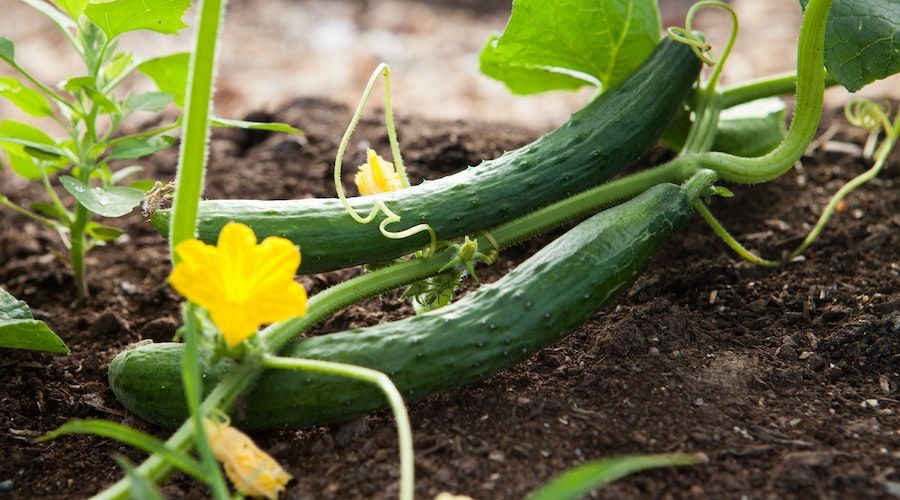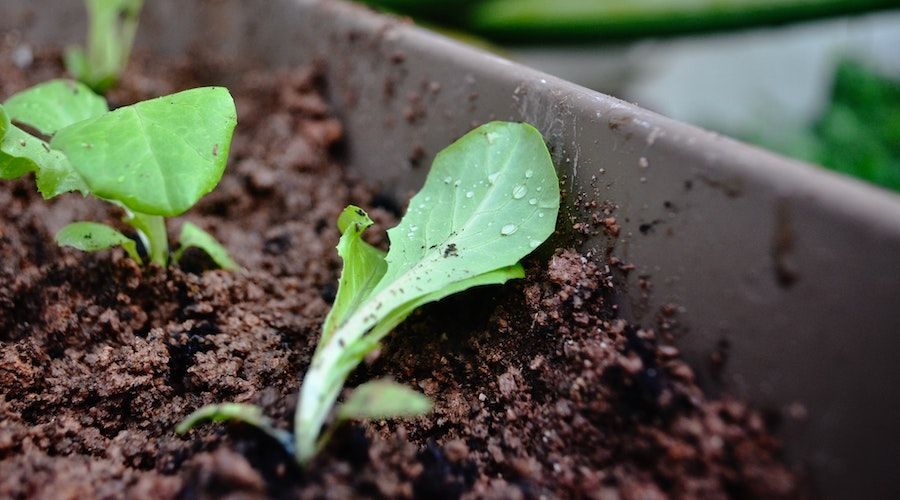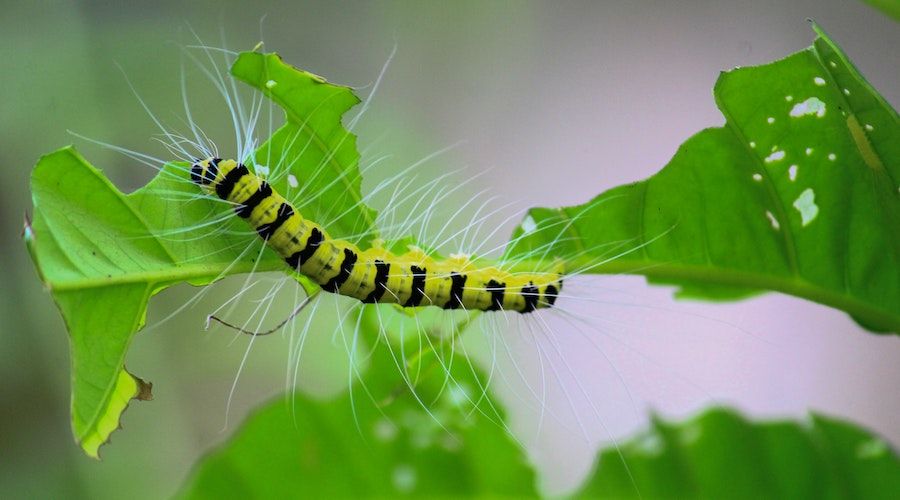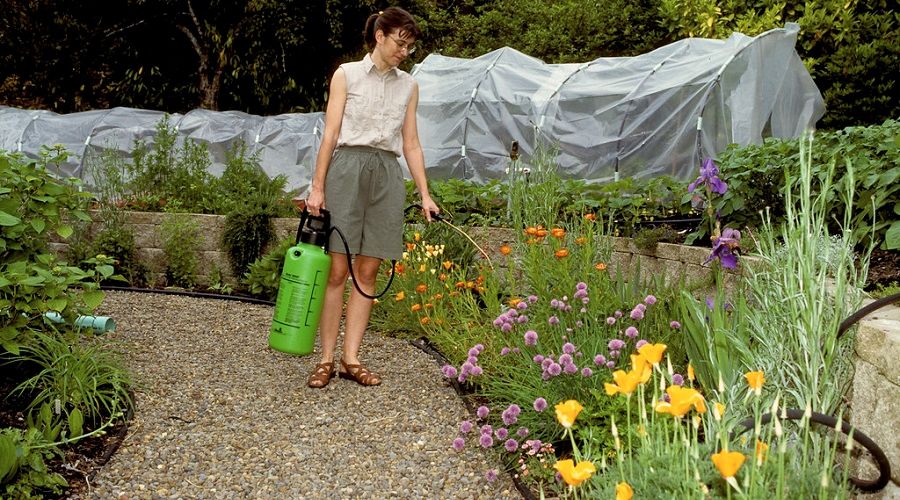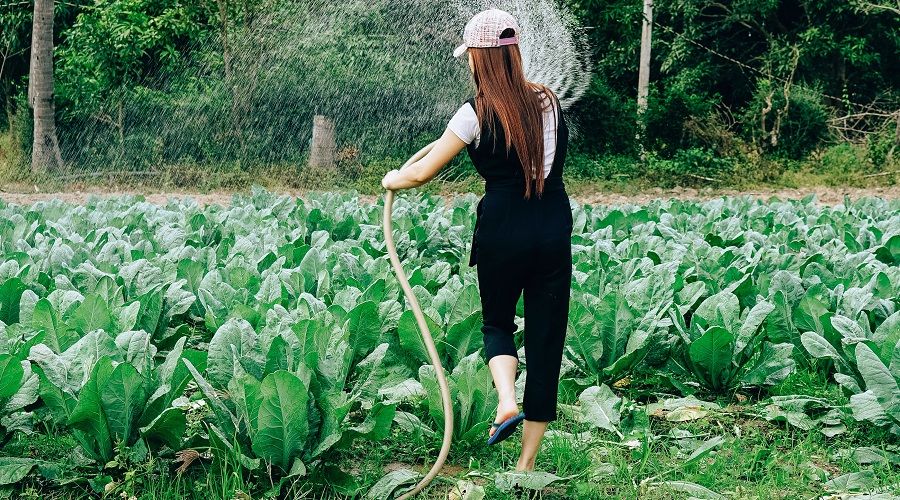In recent times there has been a surge in the interest in self-sustainability and homesteading. It has led to an increase in people who started growing fruit and vegetables in their gardens and planters on their rooftops or balconies. However, it is never as simple as planting the seeds and waiting.
Many factors determine the quality and the growth of our crops. Unfortunately, we are not always aware of them, which leads to our vegetable gardens struggling. Oftentimes this can discourage us and make us abandon an otherwise wonderful project.
But what can we do once we see that our vegetable garden is deteriorating? As mentioned earlier, there are many reasons this could be happening. It is why down below we will talk about the 10 most popular reasons why your vegetable garden is struggling and what you can do to fix that.
10 Reasons Why Your Vegetable Garden is Struggling and What You Can Do to Fix it
1. Not Enough Sun
Image credits: Markus Spiske via Unsplash
Like all plants, vegetables depend on sunlight for photosynthesis to begin. However, it is important to remember that while some plants can require a full day of sunlight, others prefer less. It is why you should always find more information about the vegetable you are planting so that you can decide what the best placement for it would be. However, sometimes there’s just not enough sunlight. It will be easy to notice since when this happens the plants lose their color. So what do we do then?
Well, the best option would be to move on to container gardening. All you would have to do is plant the sun-loving vegetables into a container and place it in a sunny place. In the space in your garden, that has now become free, you can plant herbs and vegetables that can tolerate more shade. Some examples of those would be lettuce, kale, spinach, chives, parsley, and thyme.
2. Soil Lacks Nutrients
Image credits: FORREST CAVALE via Unsplash
The lack of nutrients in the soil can be deadly to most plants, but thankfully, it is easy to spot. First, you have to rule out the lack of enough sun or water. If after that, you see that your plants are still not growing as quickly as they should and that their leaves are losing coloration, you should consider taking some steps towards enriching their soil. There are a few ways you could do this.
The most popular one is by adding rinsed ground coffee into the soil. It is the perfect fertilizer for all plants that love acidic soil. Another option is using banana peels. They are a particularly good idea because they contain potassium, nitrogen, phosphorus, and magnesium. You can either put the peels on top of the topsoil a few inches away from a plant’s stem or cut them into pieces and bury them.
3. Bad Weather Can Wreak Havoc
Image credits: Markus Winkler via Unsplash
Temperature and humidity are very important to plant growth. However, the weather is always very unpredictable. From continuous rainstorms, through long dry spells, to sudden cold fronts - not all plants are built to last. But what can one do if the weather is just not persistent enough? Depending on what conditions you are combatting there are a few options.
If you are afraid that the temperature is too low or the winds are too strong for your garden, you can always invest in a greenhouse or make yourself a hoop house. However, if you decide to add heating inside, it could get pricy if you use electricity. Moreover, you should always consider planting veggies that can last in cold conditions, like parsnips, carrots, beets, leeks, and kale.
On the other hand, if you are afraid of a heatwave, you should make sure that your soil has enough moisture by using mulch. You can also try and build a simple A-frame over your plants so that you ensure they have some shade.
4. Choosing the Wrong Variety of Vegetables
Image credits: Kelly Neil via Unsplash
Like all flowers and fruits, vegetables have their seasons. It means you cannot expect veggies like cucumbers and tomatoes to grow in the winter. Before planting, ensure that the vegetable is suitable for the season. Some winter ones are kale, leeks, radishes, and turnips. During the spring it is time for carrots, artichoke, chives, celeriac, and asparagus.
In the summer, the weather is best for tomatoes, broccoli, cucumbers, zucchinis, and green beans. As for the fall, you should go for cauliflower, garlic, mushrooms, potatoes, and sweet potatoes. To avoid the struggle, you need to know when to plant your vegetable garden.
5. Overwatering, or Water-Logged Soil
Image credits: Kew Li Wen via Unsplash
Even though water is crucial for a plant to live, it can just as quickly kill it. This is why it is important to understand how much and how often you should water each vegetable you plant in your garden. However, if you are experiencing soil waterlogging, it is not as simple.
One way to deal with it is by improving your soil structure. You can do so by properly fertilizing it. If that doesn’t help, you should raise the soil level in the planting areas. It isn’t difficult to do - you pile up the soil into a ridge essentially building a raised bed. Unfortunately, for situations in which the soil is waterlogged all the time, you will have to resort to building French drains.
6. Pests, Insects, Weeds, and Disease
Image credits: Arjun MJ via Unsplash
Pests and insects have been always been one of the primary reasons for a vegetable garden to struggle. It is why it is important to keep an eye out for any of them that you see. You should be proactive, rather than reactive and spray the plants before they get infected.
When it comes to weeds, you should make sure that they don’t have time to grow too much to become a problem. Weeding or hoeing weekly is very important. You can also try to prevent weeds from growing by laying a layer of organic mulch between each row of vegetables.
Last but not least - disease. It is easy to notice, and it is important to react as quickly as possible. Once you identify the symptoms or the disease itself all you’ll need to do would be to take a trip to the agro-pharmacy.
7. Over-Fertilization
Image Source: Oregon State University via Creative Commons
Fertilizer can help your plants. However, if not used in proper doses, it can also permanently damage them. When applying fertilizers, you should always read the directions on the packaging. Since fertilizers cannot be dissolved naturally, they can be very harmful to plants and soil.
You should always test your soil before applying fertilizer. Moreover, it is better to apply homemade compost since it is organic, less concentrated, and releases nutrients more slowly.
8. Poor Water Quality
Image credits: Tony Pham via Unsplash
You must ensure that your water quality is high enough for growing vegetables. You can always check that by getting a water analysis, which will tell you about the water’s salinity, alkalinity, macro-nutrients, and micronutrients.
When the quality is not high enough, several issues can occur, including toxicities, deficiencies, and irrigation equipment damage. One of the best ways to deal with this is by collecting rainwater, using drilled wells and surface water.
9. Planting In Too Little or Too Much Sun
Image credits: Markus Spiske via Unsplash
As we mentioned before, one of the most important aspects of vegetable growing is to know whether a plant needs sun or shade. If you’ve made the mistake of planting a shade-loving veggie in the direct sunlight, you can try to make an A-frame with a cover for more shade.
However, if you plant a sun-loving vegetable in the shade, the best course of action would be to move the plant into a sunny area.
10. Planting Vegetables Too Close to Each Other
Image credits: Viviane Pasta via Unsplash
You should never plant any crops too close together. It is why you should always make sure that they have sufficient space between one another. Generally, it is a good idea to allow about 10 inches between veggies.
Conclusion
Gardening is supposed to be a stress-free hobby. However, your garden struggling can be a very discouraging experience. If this is your first time gardening, you may not know exactly what to expect. IT is why we compiled a list of the 10 most common reasons for your vegetable garden struggling and the best ways to deal with them.

